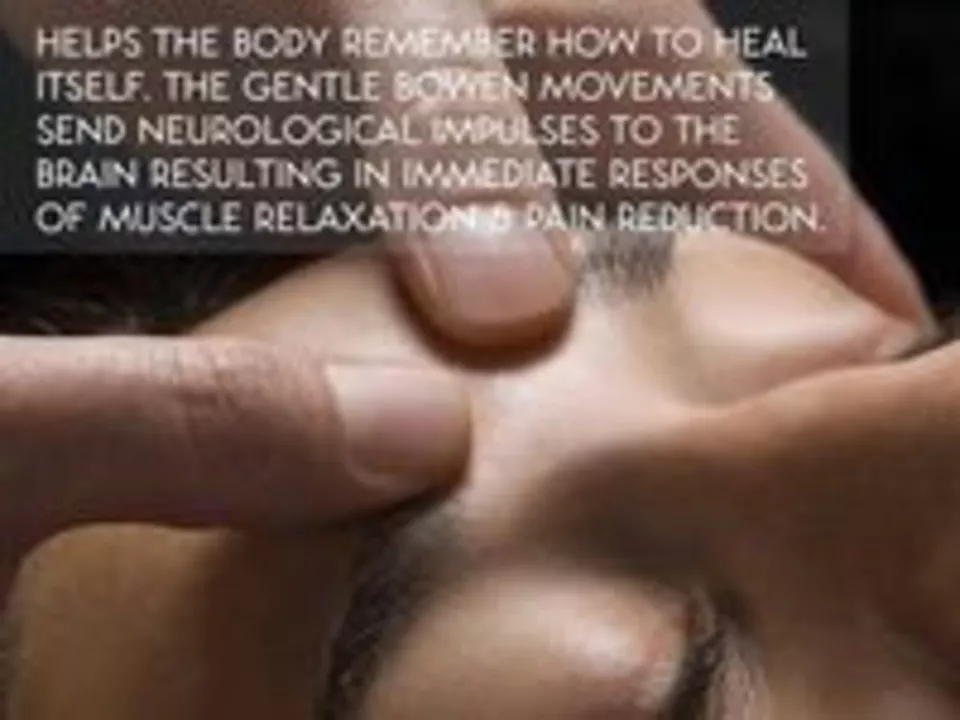Muscle management: how to build, keep, and recover muscle the smart way
You can start losing muscle in your 30s — roughly 3–5% per decade — if you stop training and eating right. That sounds scary, but the good news: most muscle loss is preventable. This page gives straightforward, practical steps for building muscle, protecting gains, and using supplements or medications safely.
Training and recovery that actually work
Progressive overload beats fancy workouts. Increase weight, reps, or sets little by little every week. Aim for 2–4 strength sessions per week that target major muscle groups. Keep sessions focused: compound moves like squats, deadlifts, presses, and rows give the most return for your time.
Recovery matters as much as the workout. Sleep 7–9 hours, schedule at least one full rest day per week, and watch for persistent soreness or fatigue — those are signs you’re pushing too hard. If you’re rehabbing an injury, follow a physio plan that adds load slowly and tracks mobility gains.
Nutrition: the practical rules
Protein is the foundation. Aim for about 1.6–2.2 grams of protein per kg of body weight daily (roughly 0.7–1.0 g per lb). Spread protein evenly across meals — 20–40 g per sitting helps stimulate muscle repair. If you want to gain muscle, target a modest calorie surplus (200–400 kcal/day). For fat loss while keeping muscle, use a smaller deficit and prioritize protein.
Don’t ignore carbs and fats. Carbs fuel harder sessions; fats support hormones and recovery. Hydrate — even mild dehydration reduces strength and focus.
Watch the little things: consistent meal timing, a post-workout protein-rich snack, and steady calorie tracking will beat random extremes every time.
Supplements with solid evidence: creatine monohydrate (3–5 g/day) for strength and size, whey or plant protein to hit targets, and vitamin D if you’re deficient. Omega-3s can help recovery and joint health. Riboflavin (vitamin B2) supports energy pathways but won’t build muscle alone. Skip expensive “muscle blends” unless ingredients and doses are clear.
Thinking about anabolic steroids? They carry real risks: hormonal imbalance, liver strain, cardiovascular effects, and legal issues. If someone is considering performance drugs, get medical oversight, baseline labs, and ongoing monitoring. Never trust unverified online sellers — safety and authenticity matter.
Final practical checks: track lifts and body measurements, do periodic blood tests if you use strong supplements or drugs, and prioritize long-term habits over shortcuts. Small, consistent steps beat dramatic changes that don’t last.
If you want, I can pull together a simple 8-week plan for training, a shopping list for effective supplements, or a quick checklist for safe steroid discussions with a clinician. Which would help you most right now?
The Role of Massage Therapy in Managing Skeletal Muscle Conditions
As a blogger, I recently explored the role of massage therapy in managing skeletal muscle conditions. I discovered that massage therapy is highly effective in reducing pain, improving blood circulation, and promoting relaxation. It can also help in increasing flexibility and range of motion for those suffering from muscle injuries or chronic conditions. Furthermore, regular massage sessions contribute to a faster healing process and better overall muscle health. I truly believe that incorporating massage therapy into our healthcare routine can greatly improve our quality of life, especially for those dealing with muscle-related issues.
View More
